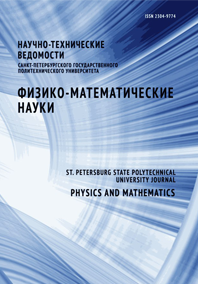Exciton dynamics characterization by electrochemical impedance spectroscopy of CsPbBr3(I3) perovskite nanocrystals for photovoltaic application
The deposition of an additional layer of nanoparticles is a widely used method for improving the optical and electrical characteristics of semiconductor solar cells (SCs). We present the results of studies of impedance spectroscopy (IS) in operating sandwich structures based on films of nanocrystals (NC) of inorganic perovskites of lead halides CsPbI3 and CsPbBr3. These last are characterized by the presence of extensive phonon disorder in the former. This phonon disorder gives rise to unique electron–phonon coupling and dielectric responses. The perovskite material is deposited on the surface of a solar cell based on crystalline silicon (c-Si). The IS results show that under identical conditions, the Nyquist plots for both structures are in good agreement with the equivalent circuit model represented in continued line as a fit curve. It represents series resistance, recombination resistance and geometric capacitance, respectively, which arise due to charge accumulation, charge transfer resistance and/or additional interfacial electronic states. It is found, that adding of the CsPbI3 layer enhances the photo response under bias, but such a photo response leads to a decrease in dc conductivity. On the contrary, adding of the CsPbBr3 layer blocks the photo response under bias but slightly improves the photo response for the zero bias. The obtained results provide the way to improve the performance of next generation of tandem c-Si SCs with perovskite NCs upper layers.


